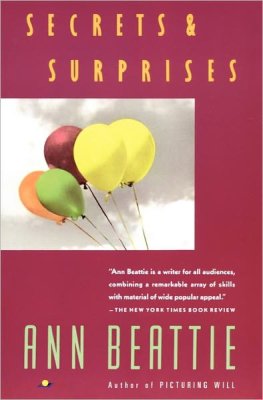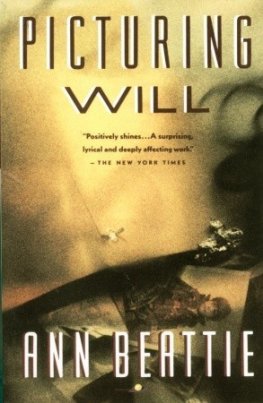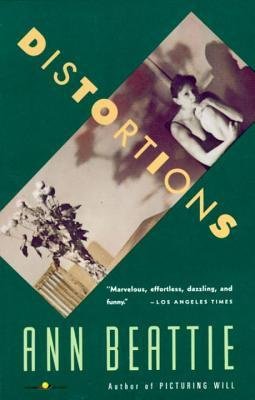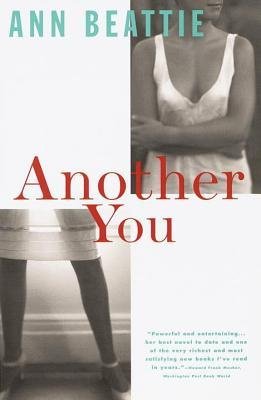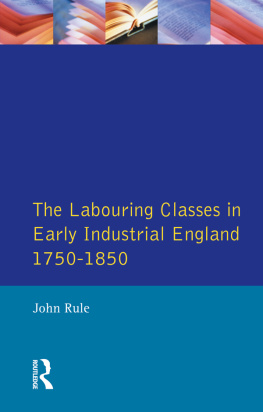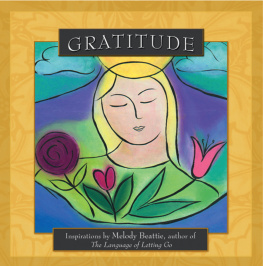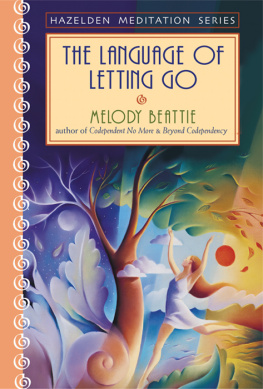Derek Beattie - How the Other Half Lived: Ludlows Working Classes 1850-1960
Here you can read online Derek Beattie - How the Other Half Lived: Ludlows Working Classes 1850-1960 full text of the book (entire story) in english for free. Download pdf and epub, get meaning, cover and reviews about this ebook. year: 2017, publisher: Merlin Unwin, genre: Home and family. Description of the work, (preface) as well as reviews are available. Best literature library LitArk.com created for fans of good reading and offers a wide selection of genres:
Romance novel
Science fiction
Adventure
Detective
Science
History
Home and family
Prose
Art
Politics
Computer
Non-fiction
Religion
Business
Children
Humor
Choose a favorite category and find really read worthwhile books. Enjoy immersion in the world of imagination, feel the emotions of the characters or learn something new for yourself, make an fascinating discovery.
- Book:How the Other Half Lived: Ludlows Working Classes 1850-1960
- Author:
- Publisher:Merlin Unwin
- Genre:
- Year:2017
- Rating:5 / 5
- Favourites:Add to favourites
- Your mark:
- 100
- 1
- 2
- 3
- 4
- 5
How the Other Half Lived: Ludlows Working Classes 1850-1960: summary, description and annotation
We offer to read an annotation, description, summary or preface (depends on what the author of the book "How the Other Half Lived: Ludlows Working Classes 1850-1960" wrote himself). If you haven't found the necessary information about the book — write in the comments, we will try to find it.
How the Other Half Lived: Ludlows Working Classes 1850-1960 — read online for free the complete book (whole text) full work
Below is the text of the book, divided by pages. System saving the place of the last page read, allows you to conveniently read the book "How the Other Half Lived: Ludlows Working Classes 1850-1960" online for free, without having to search again every time where you left off. Put a bookmark, and you can go to the page where you finished reading at any time.
Font size:
Interval:
Bookmark:
This book is dedicated to:
My maternal grandmother who was illegitimate and brought up in a small Norfolk fishing village.
My maternal grandfather who was illegitimate and whose illiterate mother gave birth while serving a sentence in Her Majestys Prison Cheetham Hill, Manchester (Strangeways).
My paternal grandmother who was the daughter of a village blacksmith in Aberdeenshire.
My paternal grandfather whose widowed mother died in the Aberdeen Poorhouse.
They all knew how the other half lived.

These 1885 maps of Ludlow show the concentration of back-building that resulted in the many Yards and Courts that hid behind the towns street-scape (see ).
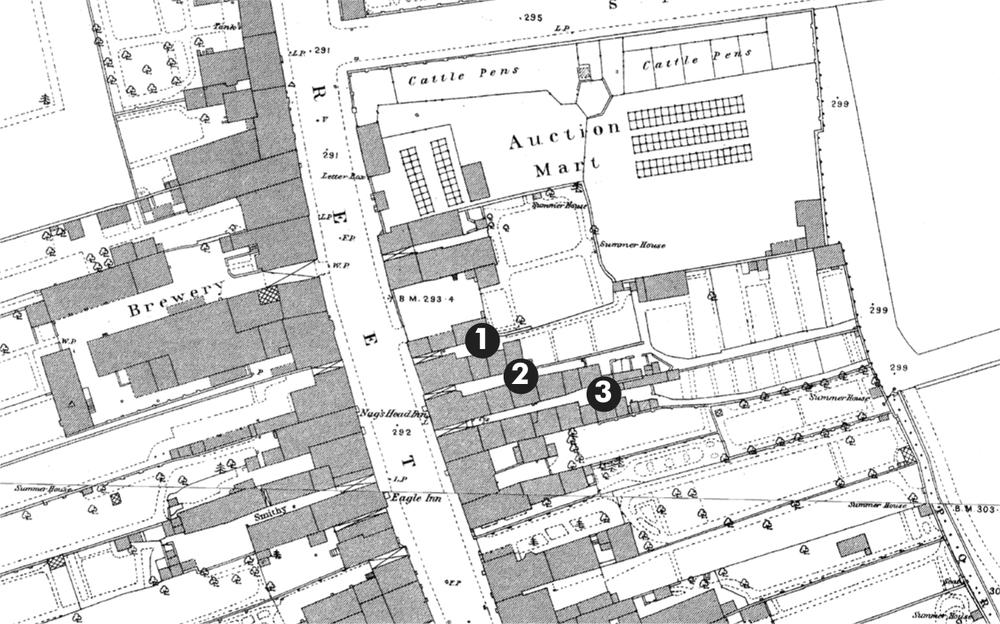
1. Drews Court 2. Nags Head Yard 3. Hammonds Yard
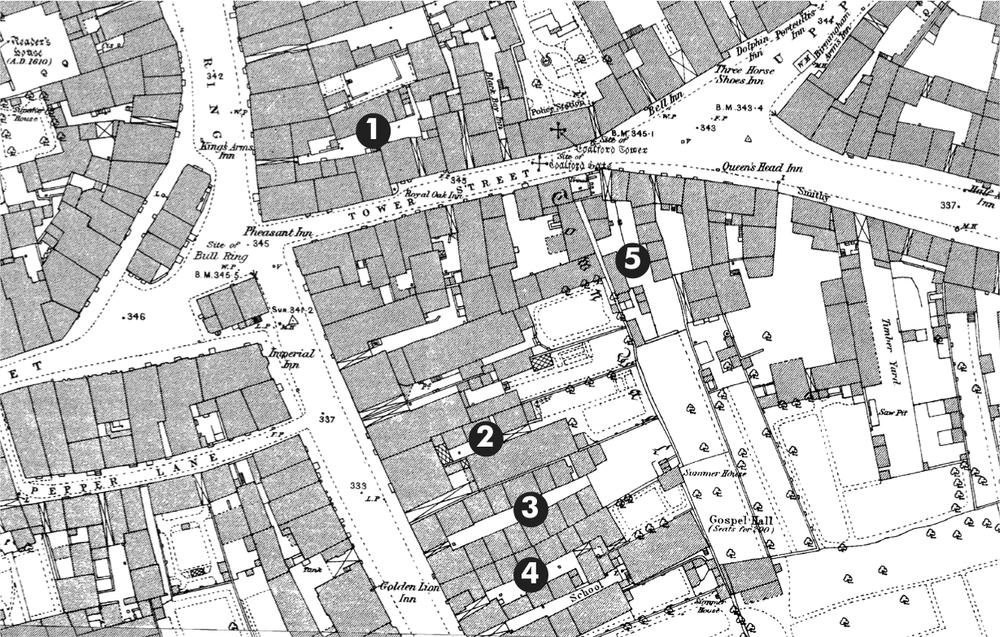
1. Kings Arms Yard 2. Pardoes Yard (?) 3. Noakes Yard 4. Deans Yard 5. Weavers Yard

The history of the castle, the parish church and the main buildings and institutions of Ludlow has been described in a number of publications [as has the history of many of the social, economic and political hierarchies of the town]. However, the bulk of the population of Ludlow over the centuries has largely been ignored except, perhaps, as the anonymous workers who helped make the profits on which their employers lived or who provided the services that their betters required. This book attempts to redress this for the period 1850-1960. An attempt is made to shine a light on the housing and living conditions of the majority of the populace of Ludlow who were often forced to dwell in cramped, overcrowded, dark and damp properties with few facilities. As a result life was hard, especially for the wives and mothers who, on a limited budget, had to keep the house tidy, the family in clean clothes and ensure that food was always on the table. And all this often had to be done against a backdrop of ill health.
Ludlows economic boom years were in the 18th and early 19th centuries when glove making became the staple industry of the town. By 1815 there were twelve glove-makers listed employing 735 people many of whom were women and children. There were a few workshops, mainly situated behind the houses of the glove masters where the leather was cut. The pieces were then taken to the outworkers in their homes to be stitched into gloves. The shape of the working class areas of the town was now fashioned when an expansion of poor quality, cheap building, much of it speculative, took place in order to house the expanding number of these outworkers.
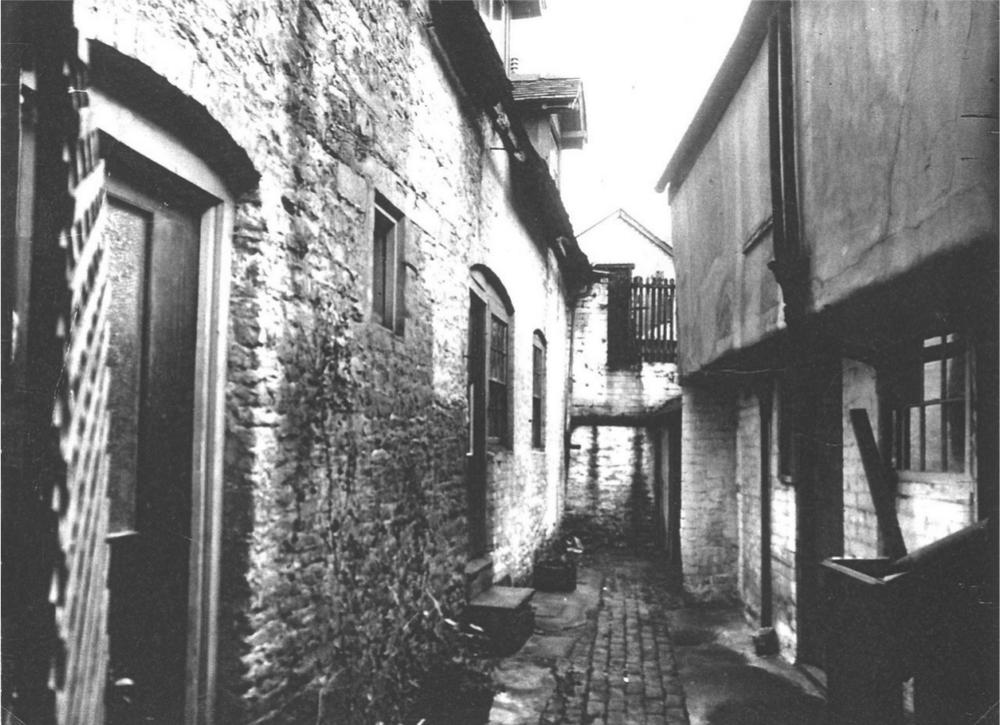
DINHAM BACK-BUILDING
Back-building occurred in virtually every nook and cranny in the centre of Ludlow. In 1960 this row of working class cottages, entered by a narrow, brick-paved alleyway between numbers 2 and 7 Dinham, could still be seen. They have now either been demolished or incorporated into the properties that face the street.
(Courtesy of Stanton Stephens)
This new housing tended to be built on the gardens behind the properties that faced the various streets. This in turn meant that in areas in the centre of town all available space was filled. To gain access to these buildings, as well as using paths down the sides of properties, what often happened was that a property facing a street had an alleyway built through it, often dividing it into two smaller houses. In order to have as many houses as possible on a piece of land, some of these buildings were built attached to the back of the original houses, cutting off all light and access from behind and, in effect, turning them into back-to-back dwellings. In order to build the maximum amount of properties on a limited space, many of the new cottages were also very small: either just one room up and one room down or one room down and two up.
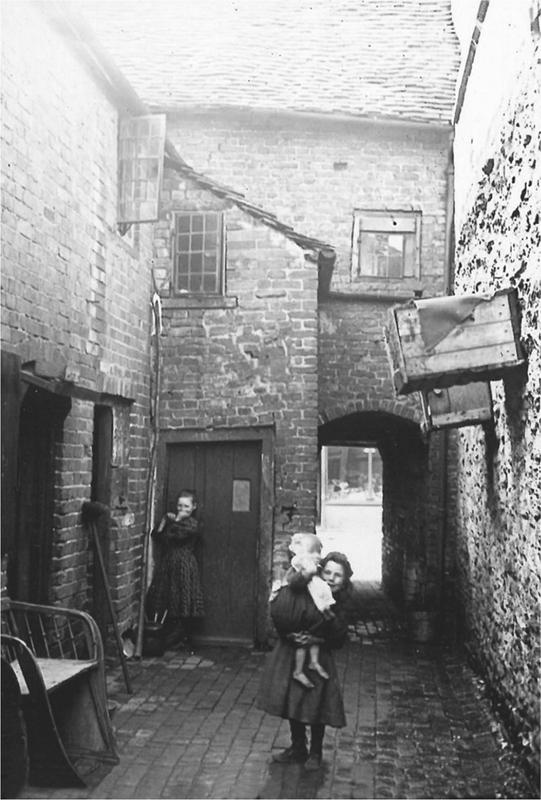
DREWS COURT
This is Drews Court just before WWI. It was entered by the side of 119, Corve Street that in 1881 was the home of Mary Drew, a dressmaker. This is typical of the many yards and courts built behind the respectable facades of Ludlows main thoroughfares. The poor, original quality of the buildings can be discerned in the crumbling and twisted nature of the brickwork and the ill-fitting windows. Though they had no garden space residents made do with what they had and two homemade pigeon coops can be seen attached to the wall opposite their doors. These properties now lie underneath Tesco.
(Courtesy of Lottie James)
The result of this type of building can perhaps be better understood by looking at individual streets. On the east side of Corve Street could be found four courts of cottages. These would be entered by narrow alleyways and the houses may have faced a small open space in which could be found a communal privy or privies and a wash-house. Alternatively, such outbuildings could have been erected at the end of a row of properties. Later, an outside communal water tap would have been added. Travelling down Corve Street the first court was met just before the Nags Head public house. This was officially known as Number 1 Court but known locally as Hammonds Court after Herbert Hammond, a grocer who lived at No. 132. As will be seen, in most official records such as the ten-yearly census, these courts were often just recognised numerically. However, local people tended to name them after the builder or main landlord or even a tenant, sometimes notorious in reputation, who happened to live there. Because of this, the names of some yards or courts changed over time as the properties changed hands or as a new generation came into being.
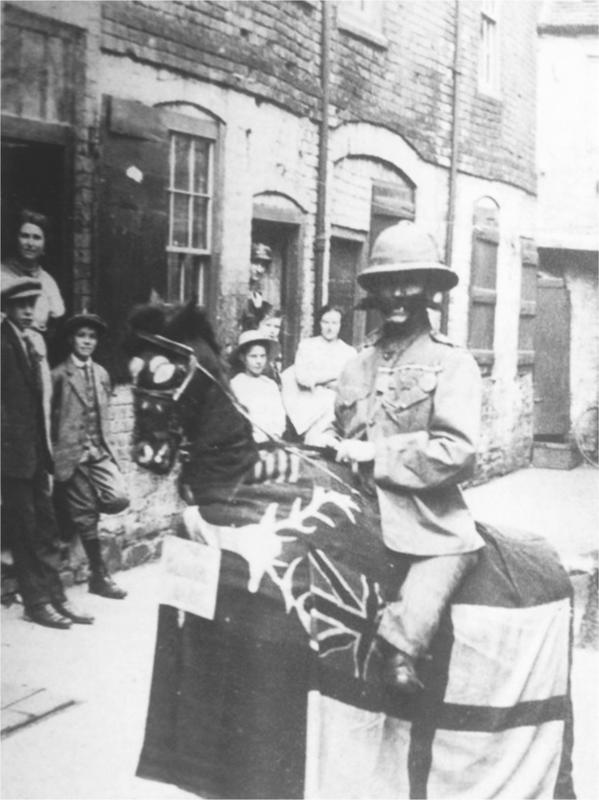
KINGS ARMS YARD
This is the Kings Arms Yard in 1916. Situated behind the Kings Arms public house on the Bull Ring (now the Edinburgh Woollen Mill) it was entered by alleyways off both the Bull Ring and Tower Street. John Fury, who had a barbershop on Tower Street, was an ex-South African War veteran who is almost certainly dressed up as part of a money-raising event for soldiers at the front. He lived in the property on the left.
(Courtesy of Shropshire Museum Service)
Next in Corve Street came No. 2 Court known as the Nags Head Yard, followed by No. 3 Court or Drews Yard named after Mary Drew, a dressmaker who lived at its entrance. Finally came No. 4 Court or the Green Dragon Yard. This last yard was, in fact, one of the earliest to be built with three cottages being constructed, probably in 1772, by the innkeeper. had passed, had a number of different landlords some of whom did not even live locally. In times to come this would make enforcement of improvements by the authorities more difficult to achieve. On the West side of Lower Corve Street four more courts could be found. No. 7 Court was built by the Trustees of the Independent Chapel that was already there. Unsurprisingly, this soon became known as the Old Chapel Yard. Of the other three courts Nos. 5, 6 and 8 they appear to have been known locally at one time or another as Preeces Court, Breakwells Yard and Pearces Court.
Font size:
Interval:
Bookmark:
Similar books «How the Other Half Lived: Ludlows Working Classes 1850-1960»
Look at similar books to How the Other Half Lived: Ludlows Working Classes 1850-1960. We have selected literature similar in name and meaning in the hope of providing readers with more options to find new, interesting, not yet read works.
Discussion, reviews of the book How the Other Half Lived: Ludlows Working Classes 1850-1960 and just readers' own opinions. Leave your comments, write what you think about the work, its meaning or the main characters. Specify what exactly you liked and what you didn't like, and why you think so.



